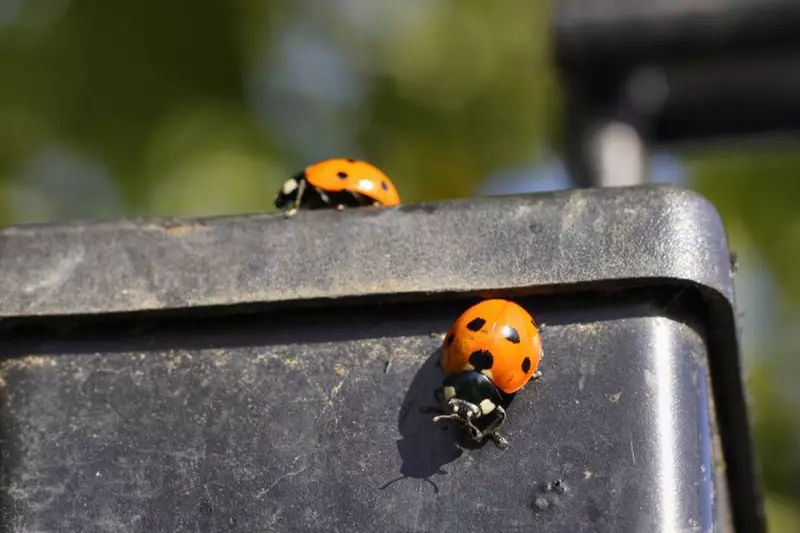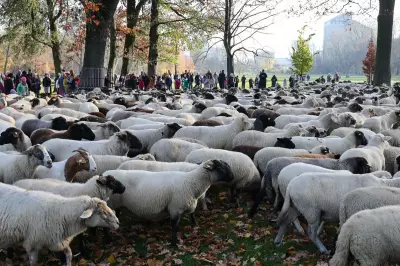
British homeowners are reporting an unusual phenomenon this winter – houses across the country are experiencing significant ladybird invasions, with clusters of the spotted insects finding their way into warm domestic spaces.
The Harlequin Effect
According to entomologists, the primary culprit behind this surge is the harlequin ladybird, an invasive species that first arrived in Britain in 2004. Unlike native species, harlequins gather in large numbers to overwinter in buildings, seeking shelter from the cold.
Dr. Helen Roy of the UK Centre for Ecology & Hydrology explains: "Harlequin ladybirds are highly adaptable and form massive aggregations in autumn. They're attracted to light-coloured buildings and often enter through small cracks around windows and doors."
Why This Winter Is Different
Several factors have contributed to this year's particularly noticeable invasion:
- Mild autumn weather extended the breeding season
- Abundant aphid populations provided ample food sources
- Rapid reproduction rates of harlequin species compared to natives
Should Homeowners Be Concerned?
While the sight of dozens of ladybirds indoors can be alarming, experts reassure that they pose no structural damage or health risks to humans. However, they can release a yellow fluid that may stain surfaces and some people might experience mild allergic reactions.
Practical advice for dealing with ladybird visitors:
- Gently collect them using a glass and paper
- Release them outside in a sheltered location
- Seal entry points around windows and doors
- Avoid crushing them to prevent staining
Ecological Impact
The harlequin's success comes at a cost to Britain's 46 native ladybird species, which face increased competition for food and habitat. Conservationists encourage reporting sightings to help monitor the spread and impact of these invasive insects.
As winter continues, Britons can expect these colourful visitors to remain until spring temperatures arrive, making this seasonal invasion part of the new normal for UK households.





